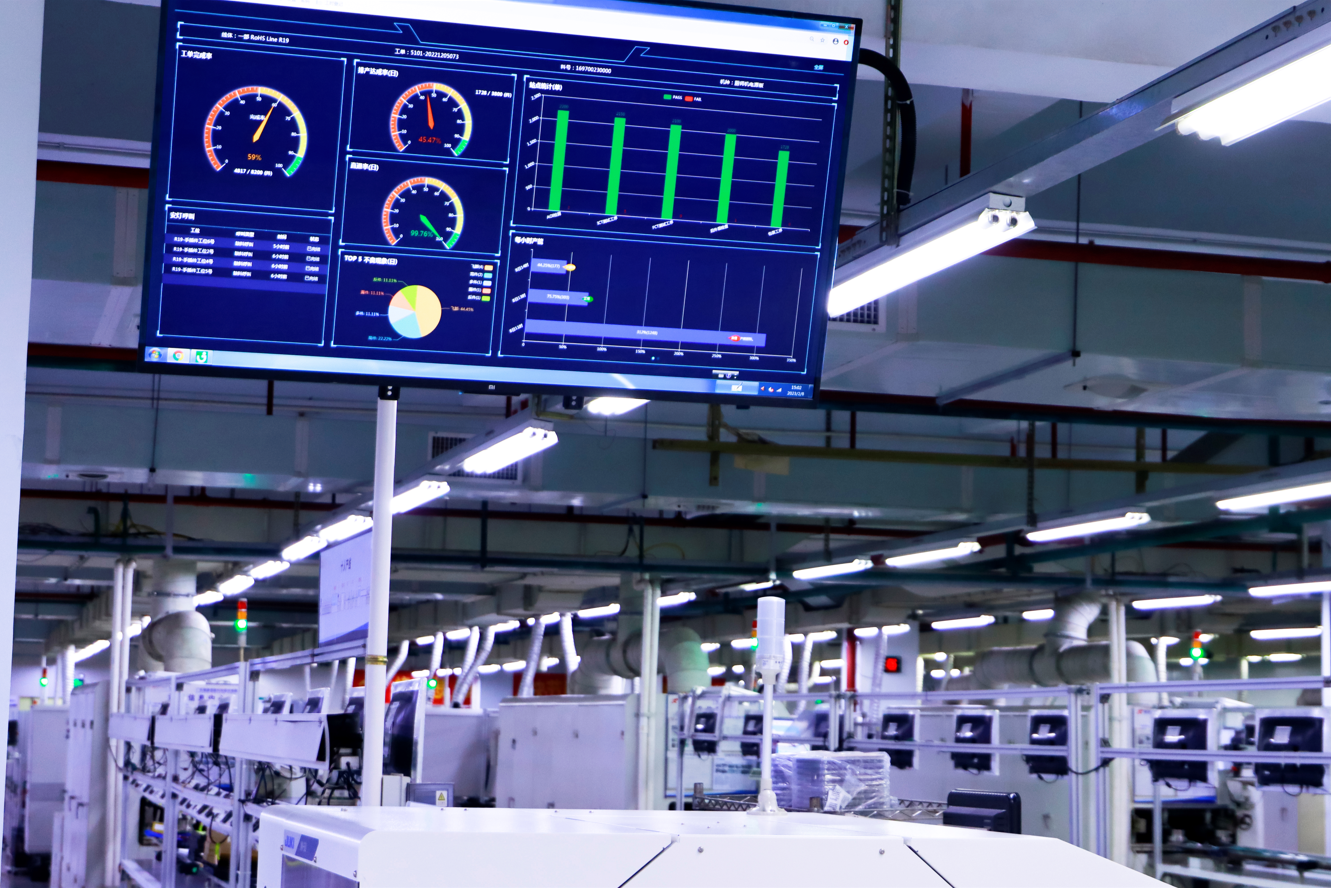In the realm of lithium batteries, the safety comparison between Lithium Iron Phosphate (LiFePO4) and ternary lithium batteries continues to intensify. The crux of the matter lies in the delicate balance between "energy density" and "safety."
 1. Mixing Mixing, also known as homogenization, pulping, batching, etc., involves preparing key components such as positive and negative active substances, conductive agents, adhesives, and solvents into non-Newtonian fluids with specific viscosity and particle size requirements.
1. Mixing Mixing, also known as homogenization, pulping, batching, etc., involves preparing key components such as positive and negative active substances, conductive agents, adhesives, and solvents into non-Newtonian fluids with specific viscosity and particle size requirements.
2. Coating Coating is the process of evenly applying the stirred slurry on the collector and drying it to create electrode sheets. Coating methods include continuous coating and intermittent coating, controlling parameters like area density, adhesion, and moisture content.
3. Pressing Pressing involves compacting the coated product to the specified thickness through two steel rollers under a certain gap and pressure. The purpose is to further compact the loose electrode, reduce contact resistance, and improve battery capacity.
4. Slitting Slitting, or cutting, is the process of dividing the coated electrode sheet into multiple pieces. The quality of slitting is influenced by factors such as cutter quality, cutter angle, and tension.
5. Tab Forming Tab forming is the process of cutting the electrode sheet to form tabs according to design size requirements.
6. Winding Winding is a form of cell assembly suitable for cylindrical, square, and soft pack batteries. Controlling factors like speed, tension, size, and deviation, electrode sheets and separators are rolled into a bare cell.
7. Vacuum Baking Vacuum baking includes pole baking and cell baking to control cell moisture, as water can be detrimental to lithium batteries. Adjusting vacuum degree, drying temperature, and time ensures efficient drying with low energy consumption.
8. Tab Welding Whether in winding or stacking, tabs and fluid collectors need welding. Ultrasonic welding is commonly used for tab welding, ensuring welding strength and preventing tab detachment.
9. Packaging Packaging forms include metal shell and aluminum-plastic film. Metal shell packaging involves spot welding, rolling groove, liquid injection, laser welding, and mechanical sealing. Soft pack batteries, enclosed in aluminum-plastic film, require protective film application after heat sealing.
10. Leak Test Leak testing involves detecting battery leakage using negative pressure or helium detection methods.
11. Electrolyte Injection Electrolyte injection involves injecting electrolyte into the cell, a critical channel for lithium ions to move inside the battery.
12. Formation Formation is the first charge and discharge after liquid filling and sealing, activating electrode materials and forming a solid electrolyte membrane.
13. Aging Aging, involving normal or high-temperature aging, stabilizes the properties and composition of the solid electrolyte membrane formed during the initial charge and formation.
After aging, batteries undergo final testing, including resistance and voltage drop tests, before being delivered.